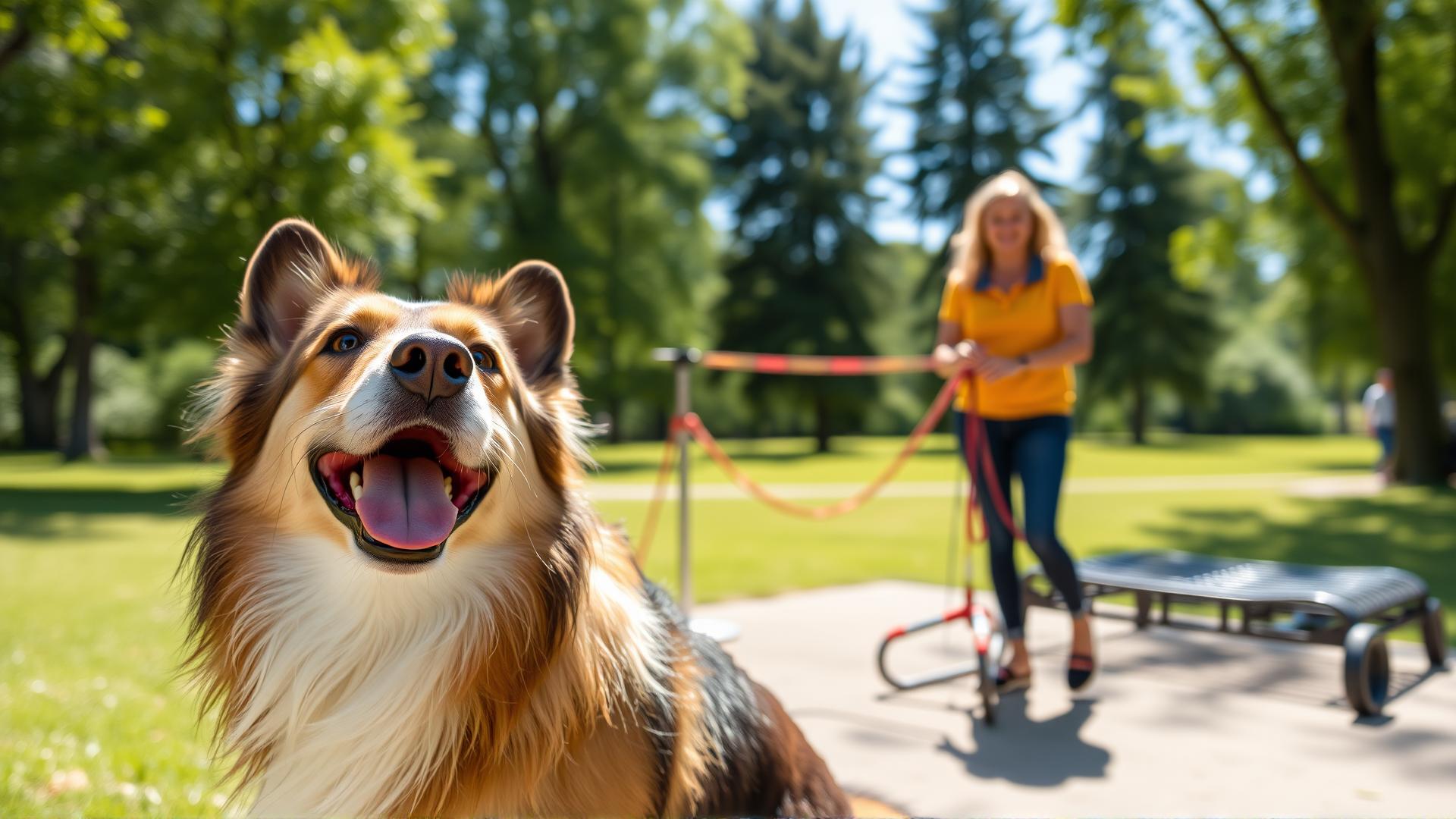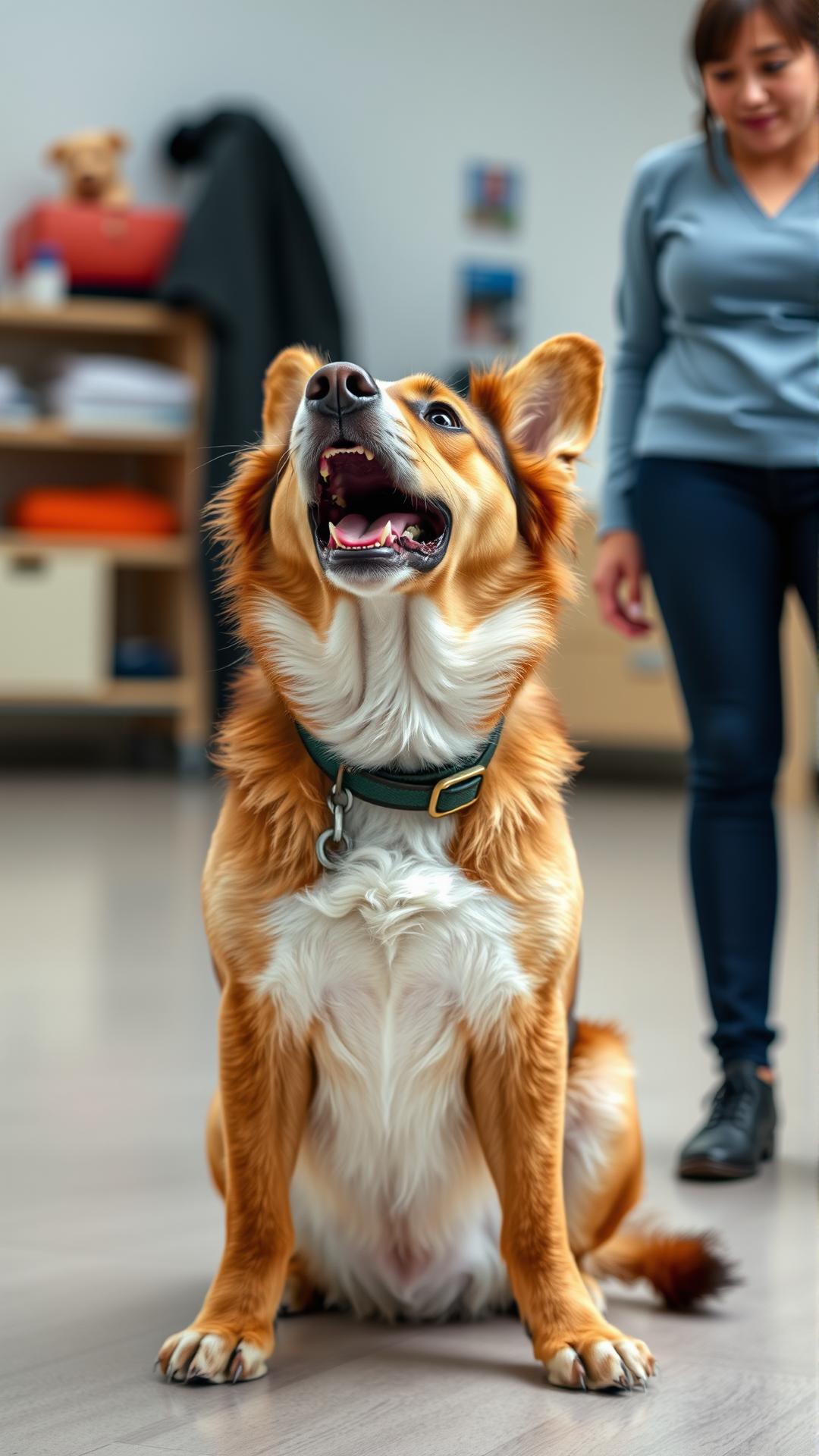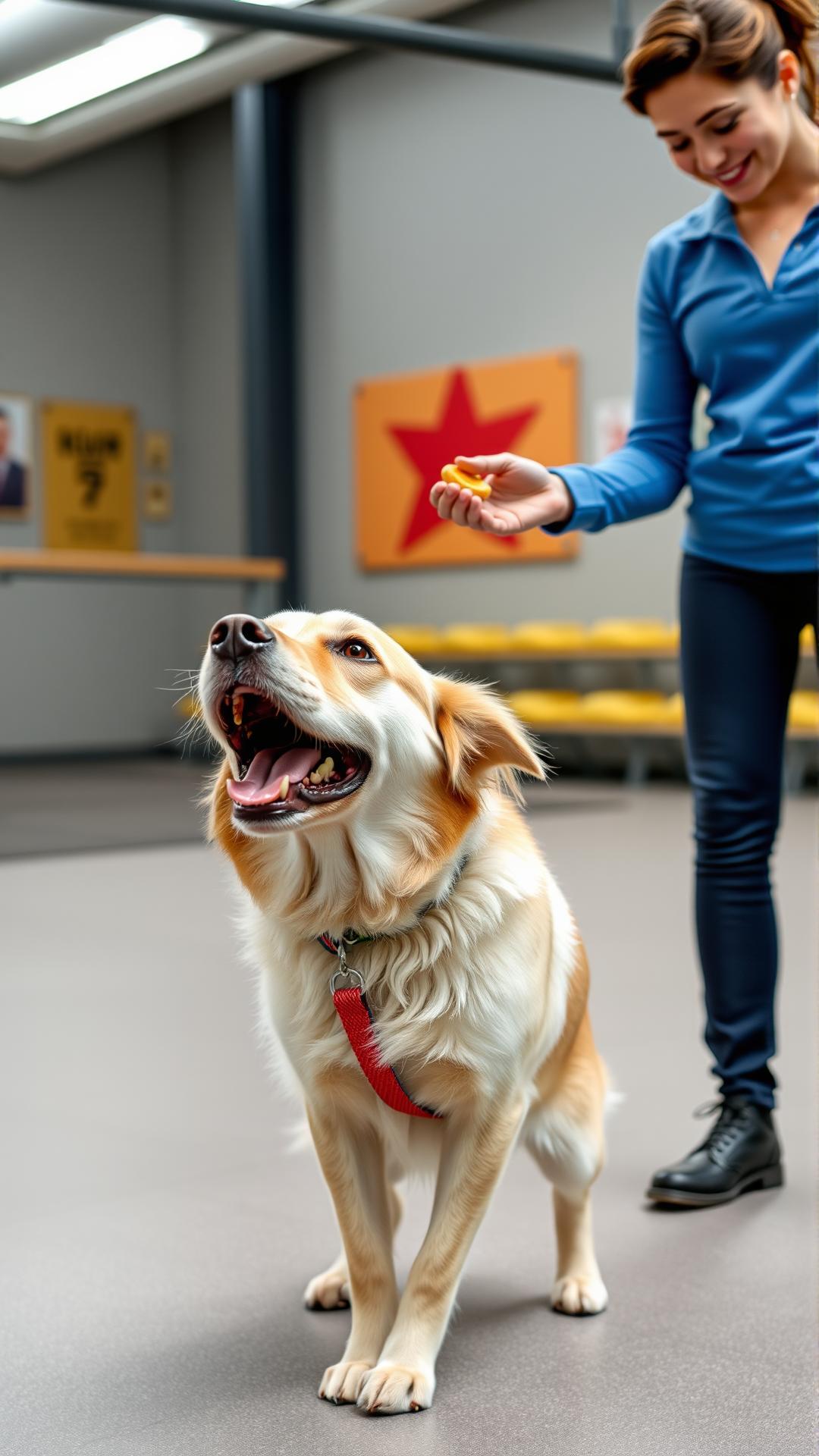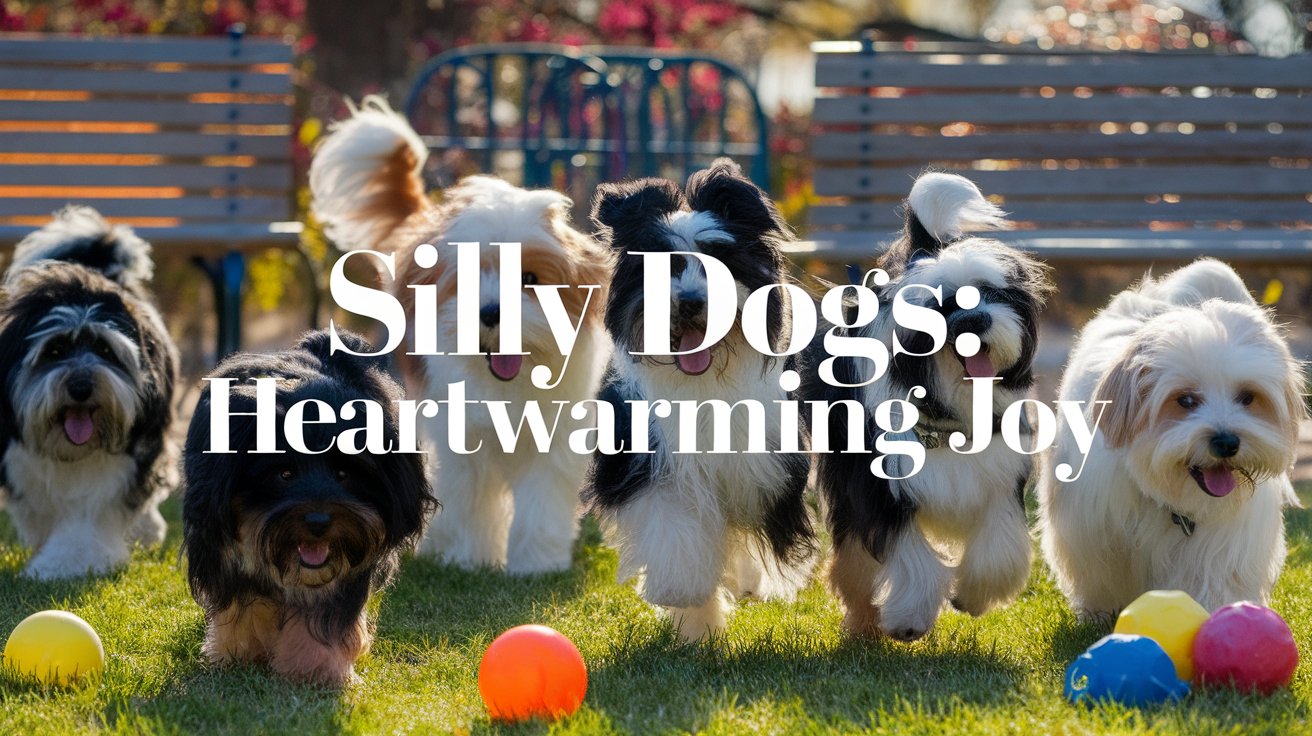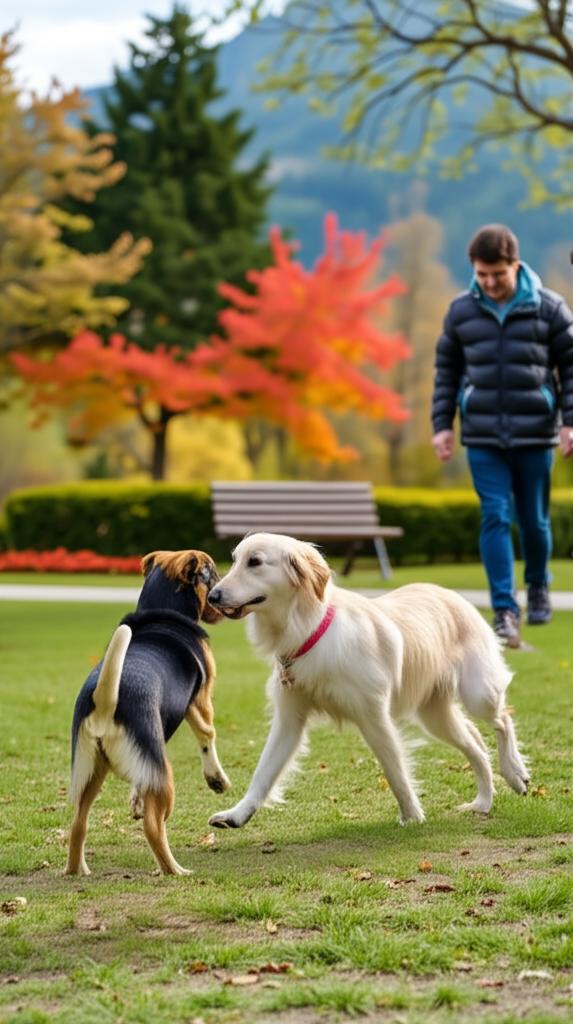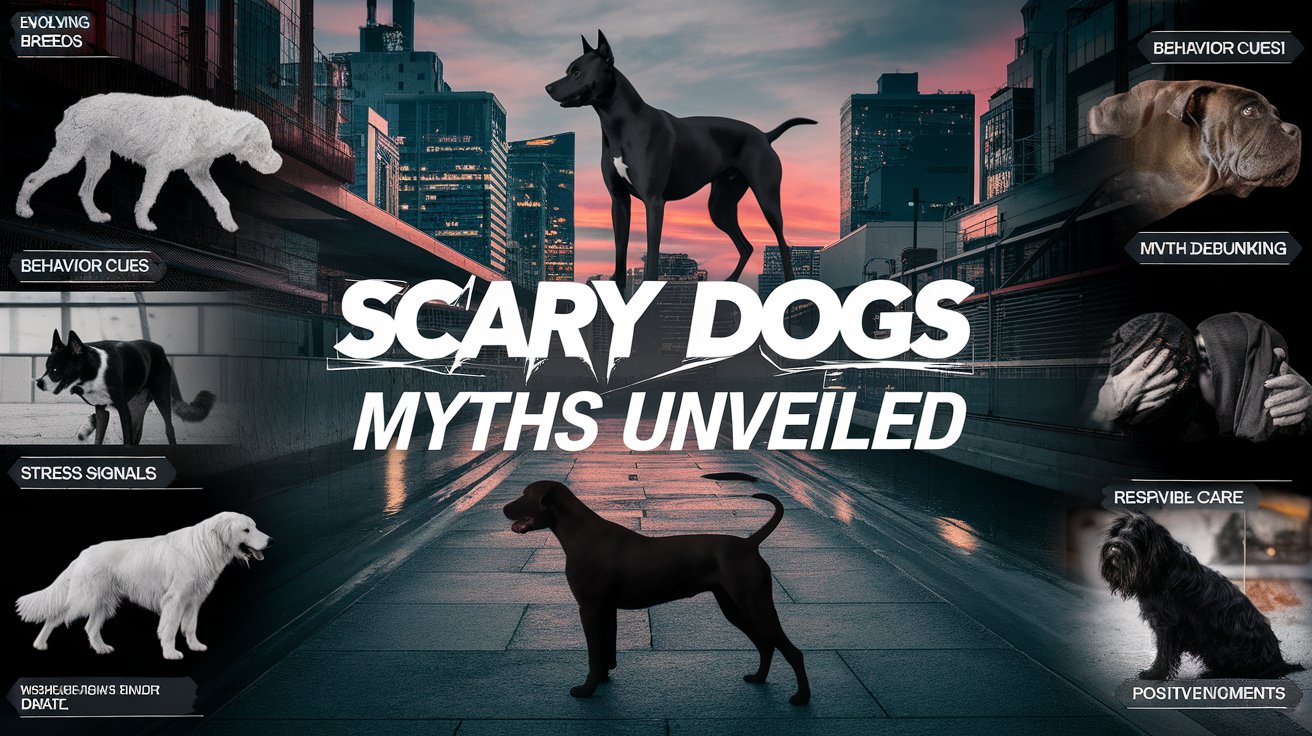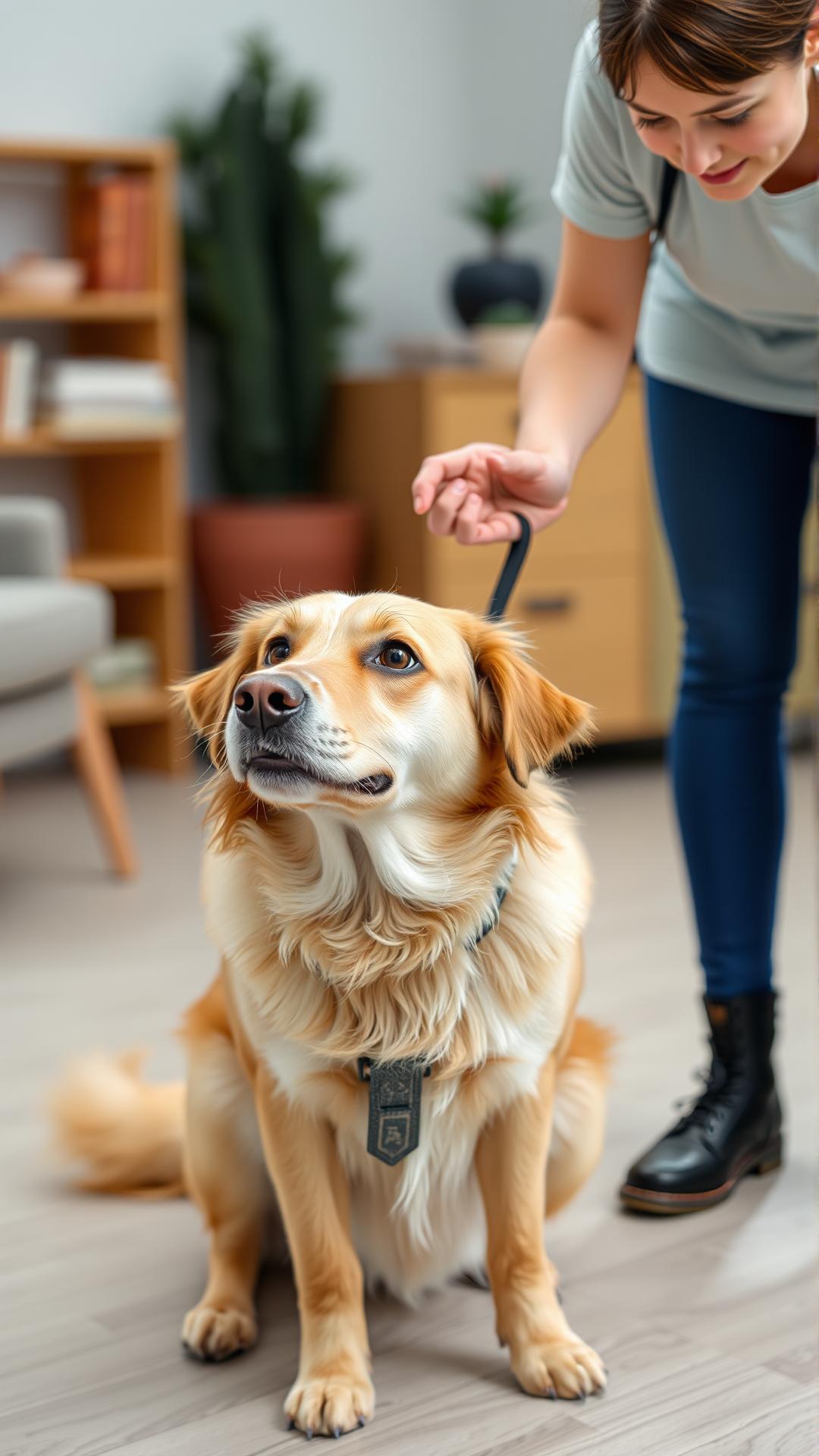Introduction
Dog training is more than just teaching your pet to sit or stay; it’s about establishing a better line of communication with your furry friend. The process involves understanding your dog’s behavior and learning how to respond appropriately. With the right dog training tips, pet owners can foster a relationship built on trust and affection, improving the bond you share with your pet. The significance of effective training methods has gained popularity, especially with the advancement of reward-based techniques that prioritize positive reinforcement.
As dogs have become integral members of our families, effective communication has become paramount. Whether you’re a new puppy mom or looking for dog tricks to impress your friends, understanding various training strategies is vital. From obedience training to socialization tips, this article will provide comprehensive dog training tips aimed at enhancing your communication skills with your pet. By employing these techniques, you will enable your dog to respond effectively and develop a deeper understanding of their needs and behaviors.
Understanding Dog Behavior Enhance Training with Effective Communication
Effective dog training hinges on an understanding of dog behavior and communication. Dogs are inherently social animals that use various methods to express their feelings and needs. Recognizing these signals can greatly improve your communication and interactions, making training a more positive experience for both you and your pet.
One of the primary ways dogs communicate is through body language. Subtle movements can convey a multitude of messages, from excitement and playfulness to anxiety and fear. For instance, a wagging tail does not always indicate a happy dog; it could indicate agitation if it wags high and stiffly. A relaxed posture, softened eyes, and a gently wagging tail, however, often indicate a dog that is content and open to interaction. Conversely, if a dog lowers its body, tucks its tail, or flattens its ears, these behaviors can signal submission or discomfort. By observing these cues, you can better interpret your dog’s emotional state and respond accordingly.
Vocalizations also play a vital role in a dog’s communication. Barking, growling, whining, and howling serve different purposes and can be indicative of your dog’s needs or emotions. For example, a series of quick barks might signify excitement or a call to play, while deep, slow growls can indicate a warning or discomfort. It’s essential to pay attention to the tone, pitch, and frequency of these vocalizations, as they often provide valuable insights into what your dog is trying to communicate.
Establishing an understanding of these behavioral signals not only enhances communication but also facilitates better training sessions. When you can interpret your dog’s body language and vocal cues, you can modify your training techniques to support your pet’s unique temperament and emotional state. This understanding fosters a more trusting relationship, allowing your dog to feel secure and open during training.
Incorporating this knowledge about dog behavior into your training regimen allows for a tailored approach that encourages learning through positive reinforcement. Celebrating small successes becomes not just about rewards but about understanding and connecting with your pet on a deeper level. This enriched interaction enhances your dog’s learning experience and strengthens the bond you share.
Establishing a Training Foundation for Better Communication with Your Pet
Creating a solid training foundation is paramount for fostering effective communication between you and your dog. This foundation not only influences the learning process but also establishes trust and mutual respect. There are several essential components to consider as you embark on this training journey.
Understanding Your Dog’s Learning Style
Every dog is unique, often possessing different learning styles and preferences. Some dogs may respond quickly to verbal commands, while others might thrive with visual or tactile cues. Thus, observing how your dog reacts to various stimuli can provide critical insights into how to tailor your training approach. If you notice your dog performs better with hand signals versus verbal commands, adapt your methods accordingly to ensure effective communication.
Creating a Consistent Environment
Consistency is key in dog training. It is essential to establish rules and expectations that remain the same across all interactions. Whether you are using commands, rewards, or cues, keeping these elements uniform helps your dog understand what is being asked of them. A consistent environment reduces confusion and anxiety, allowing your pet to learn at a comfortable pace. For example, if “sit” means sitting in one situation, it should mean the same in all scenarios.
Short, Engaging Training Sessions
When setting up your training regimen, it is crucial to keep training sessions short and engaging. Dogs have limited attention spans, so 5 to 10-minute sessions are often more productive than longer periods that might lead to boredom or frustration. Incorporate breaks and playtime to keep your dog motivated and to reinforce positive behavior. This approach aligns well with the utilization of dog enrichment ideas, which can enhance your pet’s learning process.
Utilizing Clear Commands and Signals
Utilization of clear and distinct commands is vital in establishing effective lines of communication. Use simple words for commands and ensure they are easy to remember and pronounce. Pairing verbal commands with corresponding hand signals can also reinforce understanding. As you progress to complex tasks or dog tricks, maintaining this clarity will be instrumental for your dog’s ability to comprehend and react appropriately.
Please remember to be patient; training is a process that requires both you and your dog to adapt and grow together. Lay this foundation with love and positivity, and as you move into the next stages of training, including positive reinforcement, communication between you and your pet will surely flourish.
Utilizing Positive Reinforcement Understanding Its Role in Effective Dog Training
Harnessing the Power of Rewards for Improved Communication
Positive reinforcement is a fundamental concept in effective dog training that emphasizes rewarding desirable behaviors with praise, treats, or play. This method fosters a more profound connection between you and your pet, as it encourages open communication and enhances the learning experience. Unlike punishment-based training approaches, positive reinforcement focuses on reinforcing actions you want to see more frequently, creating a positive environment that motivates your dog to respond favorably.
When implementing this training style, timing is crucial. Deliver rewards immediately after your dog demonstrates the desired behavior. This prompt response helps them make the connection between their action and the reward. For instance, if your dog sits on command and you immediately offer a treat, they are more likely to associate sitting with positive outcomes. Over time, your dog will understand what behaviors garner rewards, making training more intuitive for them.
Creating a Reward System Tailored to Your Dog
Tailoring your reinforcement strategies to your dog’s individual preferences is vital. Dogs can be motivated by various incentives, which may include:
- Treats: Use small, healthy treats that your dog loves. Experiment with different types to discover what excites them the most.
- Verbal Praise: A happy tone and enthusiastic words can be incredibly motivating for dogs that thrive on affection and attention.
- Playtime: Incorporating their favorite toys or engaging in games can be a powerful reward for an active dog.
Consistency in your reward system also plays a significant role. Always reward the same behavior. For example, if your dog successfully navigates a training exercise, make sure to acknowledge it. However, if they aren’t performing consistently, avoid reinforcing unwanted behaviors. This approach ensures that your dog remains clear on what is expected of them.
A crucial aspect of positive reinforcement is understanding that patience is key. Each canine learns at their own pace, and some may require more time and practice. Celebrate progress in small milestones. If your dog struggles with a particular command, break it down into smaller steps and reward each step until the complete behavior is achieved.
By utilizing positive reinforcement, you not only teach your dog essential commands and tricks but also strengthen your relationship through mutual trust and understanding. This process lays the groundwork for successful obedience training, which will be explored further in the next section.
Basic Obedience Training Methods Essential Commands for Effective Communication and Safety
Core Commands That Every Dog Should Master
Establishing effective communication with your dog hinges on teaching them essential commands. These commands form the foundation of a safe relationship, allowing for clear interaction between you and your pet. Understanding these commands helps create a comfortable environment where your dog feels secure and comprehends your expectations.
The core commands include “Sit,” “Stay,” “Come,” “Down,” and “Leave It.” Each of these commands is not only beneficial for day-to-day management but plays a crucial role in keeping your pet safe in various situations. For example, teaching the “Sit” command establishes a calm demeanor, making it easier for your dog to focus and listen attentively. This is fundamental when there are distractions, whether in social settings or at home.
The “Stay” command is vital for ensuring your dog’s safety in potentially hazardous situations, such as when opening doors or walking in busy areas. It gives you peace of mind knowing your dog will remain in place until you provide further instruction. Similarly, “Come” is an imperative command that allows you to recall your dog effectively. Consistent practice of this command is vital for outdoor scenarios, ensuring your dog can return to you promptly when called, thereby minimizing risks.
Advanced Commands and Their Benefits
Once your dog has mastered the basics, you can enhance communication through advanced commands such as “Heel,” “Wait,” and “Leave It.” Teaching “Heel” encourages your dog to walk beside you, fostering a more controlled and enjoyable walking experience. This is particularly beneficial for maintaining your dog’s focus amidst distractions.
The “Wait” command can be essential in situations where patience is required. For instance, having your dog wait ensures they do not rush into potentially dangerous scenarios. The “Leave It” command, on the other hand, can protect your dog from hazardous objects or food. This command helps develop your dog’s self-control and promotes safer habits while out and about.
Employing consistent training methods allows for better communication and a stronger bond with your dog. By guiding your pet through these essential commands, you not only ensure their safety but also enhance your relationship through understanding, reinforcing both mental and behavioral enrichment.
Socialization Techniques for Dogs Building Adaptability Through Positive Experiences
The Importance of Socializing Your Dog
Socialization is a fundamental aspect of dog training that significantly shapes a dog’s behavior and temperament. Proper socialization involves exposing your dog to a variety of people, environments, and situations during their formative months. This exposure helps them learn appropriate behaviors and responses, reducing the likelihood of fear and aggression as they encounter new experiences in the future.
Starting socialization early—ideally between 3 to 14 weeks of age—can create a well-rounded dog. Positive interactions during this critical period enable them to develop confidence and adaptability, equipping them to handle different environments, such as busy streets, parks, or even bustling households. Adult dogs can also benefit from ongoing socialization, as new encounters can reinforce trust and comfort in unfamiliar settings.
Techniques for Effective Socialization
Socialization should be a gradual process, ensuring that each experience is positive. Here are several techniques you can implement:
- Puppy Playdates: Organize playdates with other vaccinated puppies to facilitate socialization in a safe and controlled environment. Supervised play can teach dogs how to communicate and interact appropriately.
- Variety of Environments: Take your dog on outings to diverse locations, such as pet-friendly cafes, parks, or urban areas. Each new location comes with distinct sights, sounds, and smells that can enrich their sensory experience.
- Meeting People: Expose your dog to different types of people—men, women, children, and individuals wearing hats or uniforms. Positive interactions with various people can help them become more comfortable and less fearful.
- Supervised Exposure to Other Animals: Allow your dog to interact with well-mannered adult dogs or other animals. Observing positive behavior between pets can guide your dog in learning social cues.
- Positive Reinforcement: Use treats and praise to reinforce good behavior when your dog encounters new experiences. This builds a positive association and encourages repeat behavior in similar situations.
Each dog is unique; some may take longer to acclimate to new experiences than others. Patience and consistency are key. By gradually introducing your dog to various stimuli and reinforcing positive behaviors, you can foster a healthy, adaptable pet ready to thrive in any environment. Such techniques not only improve your dog’s communication skills but also enhance your bond through shared experiences and understanding, paving the way for more advanced training techniques in the future.
Advanced Training Techniques Expanding Your Dogs Skillset Beyond Basic Commands
Understanding the Need for Advanced Skills
Once you and your dog have mastered basic commands, the journey of effective communication can further advance through specialized training. This not only helps in building a stronger relationship but also caters to your dog’s mental and physical stimulation. Advanced training can encompass a variety of skills, ranging from impressive tricks to practical tasks that enhance everyday interactions.
Just as a honey badger persists in its pursuits, so too should you and your dog in the face of challenges that advanced training may present. This commitment paves the way for a deeper bond and mutual understanding.
Techniques for Advanced Training
To embark on this new training phase, consider the following advanced techniques that can elevate your dog’s abilities:
- Trick Training: Teaching your dog tricks such as rolling over, playing dead, or bowing not only showcases their intelligence but also enhances communication through playful interactions. Use positive reinforcement by incorporating treats, praise, or playtime as rewards.
- Agility Training: Set up an agility course with jumps, tunnels, and weaving poles. This approach enriches your dog’s environment and requires them to listen intently to your commands while navigating the course. Consistent practice strengthens your connection.
- Clicker Training: This involves using a clicker as a marker for desired behaviors. The sound of the click signals to your dog that they’ve done something right, followed immediately by a reward. It refines communication and helps in establishing clear expectations.
- Search and Rescue Games: Teach your dog to find hidden objects or even family members. This not only engages their senses but also enhances your bond as you guide them through the search process.
- Service Skills: For those looking to provide assistance-related skills, training your dog to perform tasks like retrieving items can be incredibly rewarding. This form of advanced training requires patience and consistency but can lead to profound benefits for both you and your pet.
As you progress into these advanced techniques, it is crucial to maintain patience and a positive atmosphere. The relationship between your dog and yourself will flourish as you inspire them to learn and grow. This journey not only fortifies your communication but also enriches your dog’s life significantly, enhancing your shared experiences and understanding.
Troubleshooting Common Training Challenges Enhancing Communication With Your Pet
Training dogs can often come with a set of hurdles that test the patience and skills of even the most dedicated pet owners. Recognizing common challenges and learning effective strategies to address them is key to enhancing communication and fostering a healthy relationship with your dog.
Identifying Behavioral Issues
One prevalent issue many pet owners encounter is behavioral problems, such as barking, chewing, or aggression. These behaviors often stem from unmet needs or improper communication. For example, excessive barking may indicate boredom or anxiety. Hence, identifying the root cause is essential before implementing solutions.
Begin by observing your dog’s environment and routine. If your pet is frequently barking, consider whether they’re getting enough physical exercise and mental stimulation. Offering engaging dog enrichment ideas, such as puzzle toys or interactive play, can significantly alleviate boredom and reduce unwanted behaviors. Moreover, consistent routines can help dogs feel secure and less anxious, leading to improved behavior.
Addressing Inconsistency in Commands
Another challenge arises when owners inadvertently send mixed signals through inconsistent commands or reactions. This inconsistency creates confusion for dogs, leading to frustration for both the pet and the owner. To overcome this, it is vital to establish clear and consistent cues.
Decide on specific commands and stick to them. For instance, if you use “sit” to ask your dog to sit, everyone in the household should use the same term and tone. Clear communication improves your dog’s understanding and compliance, thereby enhancing the overall training experience.
Dealing With Distractions
Training in an environment filled with distractions can hinder progress. Dogs may struggle to focus on commands in stimulating settings, which is completely normal. To manage this, start training in a quiet space and gradually introduce more distractions as your dog becomes more proficient with commands.
Always reward your dog for maintaining focus, even in the presence of distractions. Using treats or praise can reinforce good behavior and make learning moments more rewarding. This approach helps your dog learn to listen even in challenging situations, effectively boosting communication between you.
By acknowledging and addressing these common training challenges, pet owners can facilitate better understanding and communication with their furry companions. Employing practical strategies not only enhances training effectiveness but also strengthens the bond between pet and owner.
Conclusions
Successful dog training revolves around open communication between you and your pet. Implementing the tips discussed in this article can significantly benefit your relationship with your dog, paving the way for a life filled with joy and mutual respect. Positive reinforcement training not only helps in achieving desired behaviors but also fosters a deeper emotional connection.
Patience and consistency are key components in your training journey. Embrace the process as an opportunity for growth, both for you and your dog. Remember that every dog is unique, and adapting your training to your pet’s individual needs will yield the best outcomes. With these essential dog training tips at your disposal, you are well on your way to creating a harmonious life with your beloved pet.

